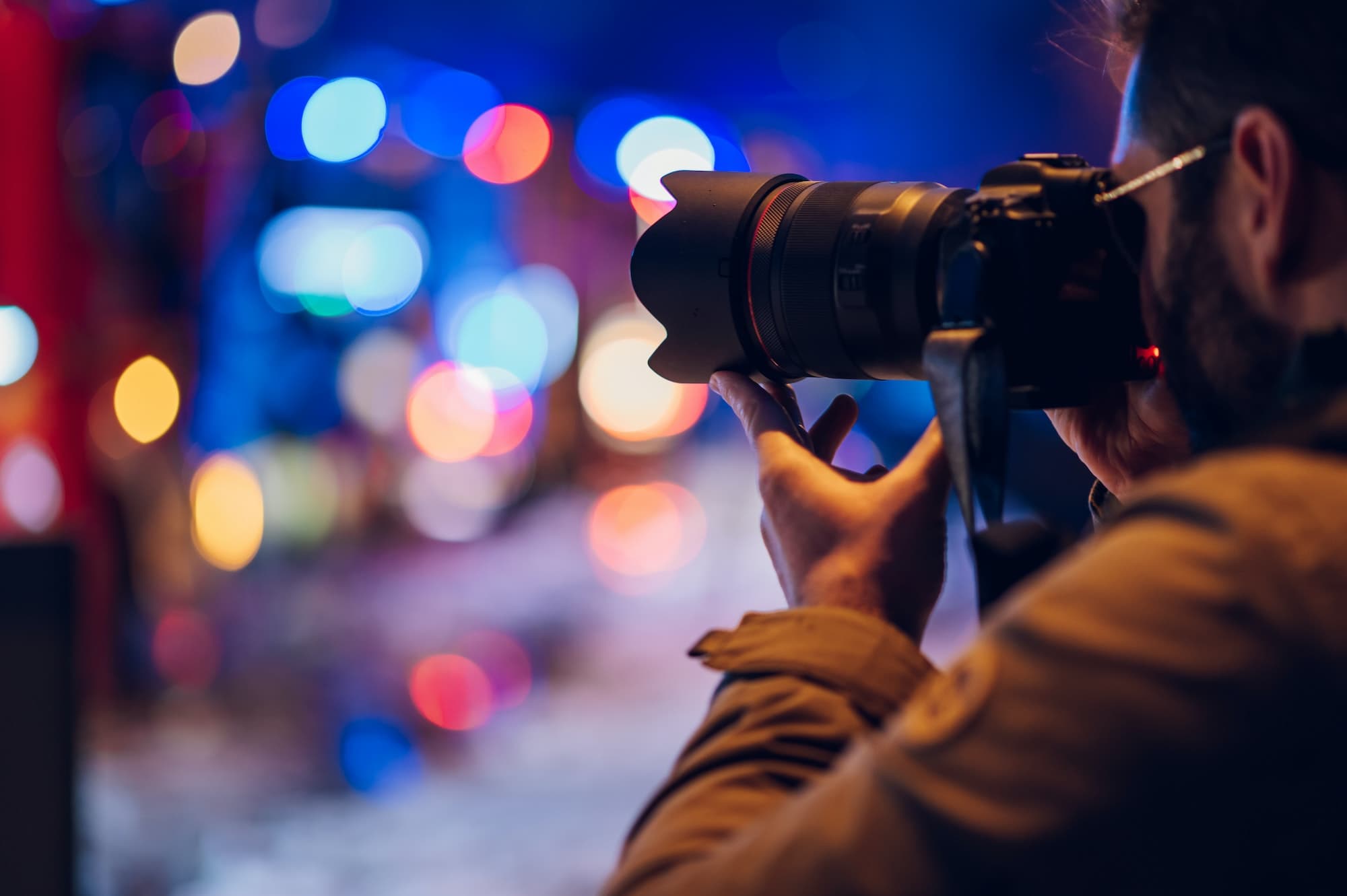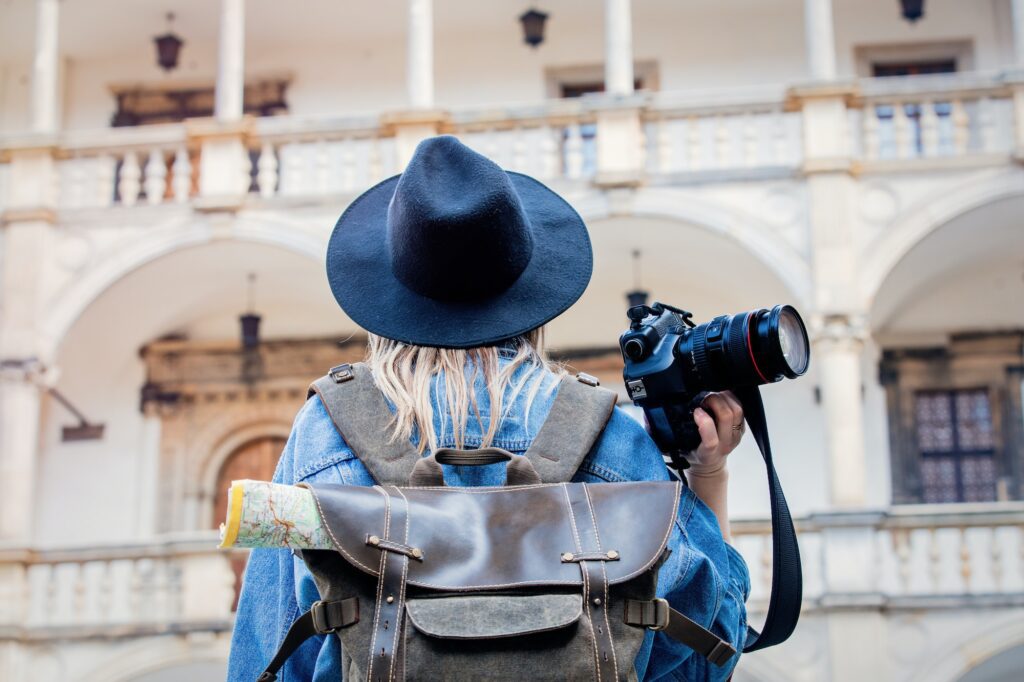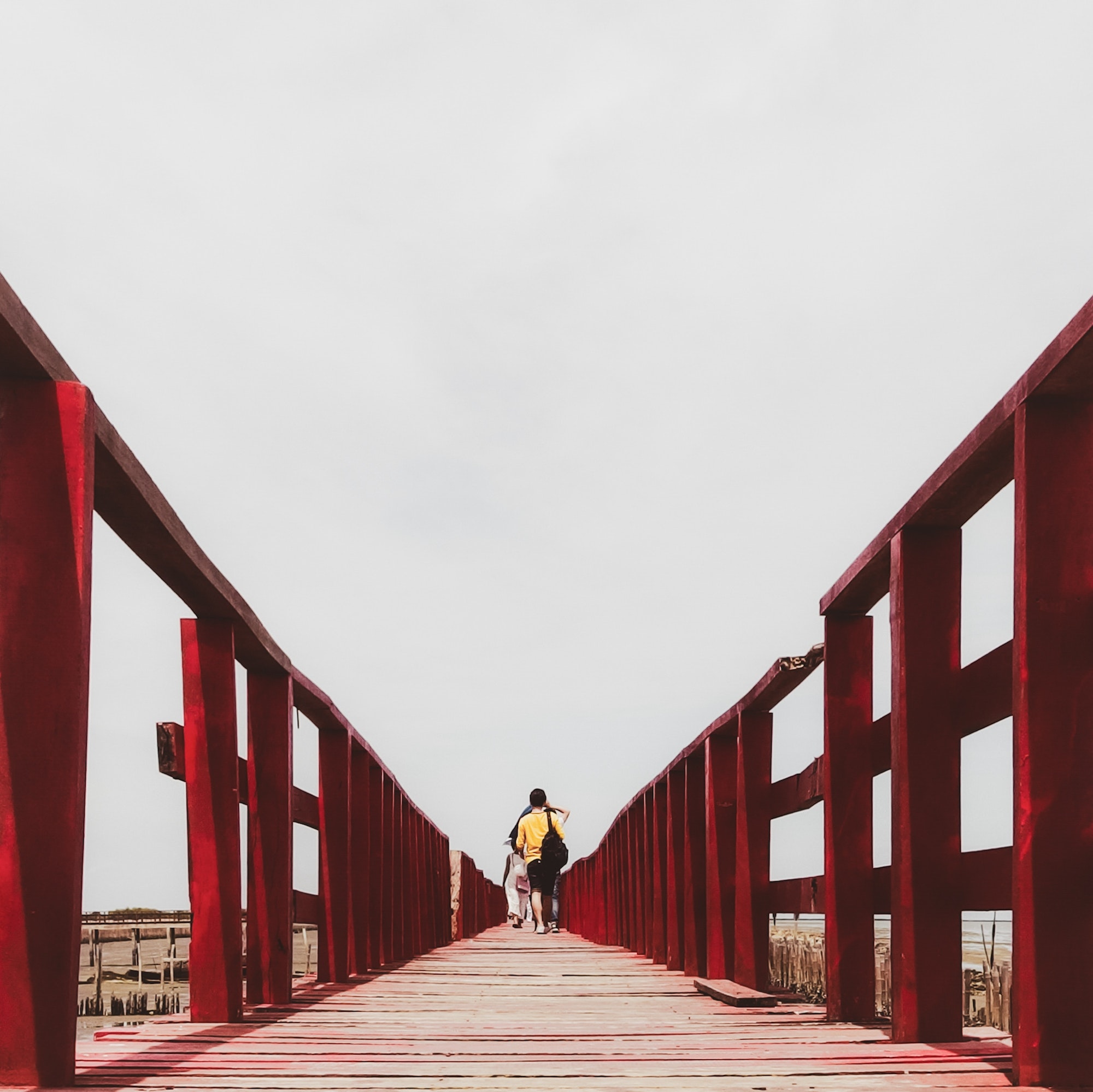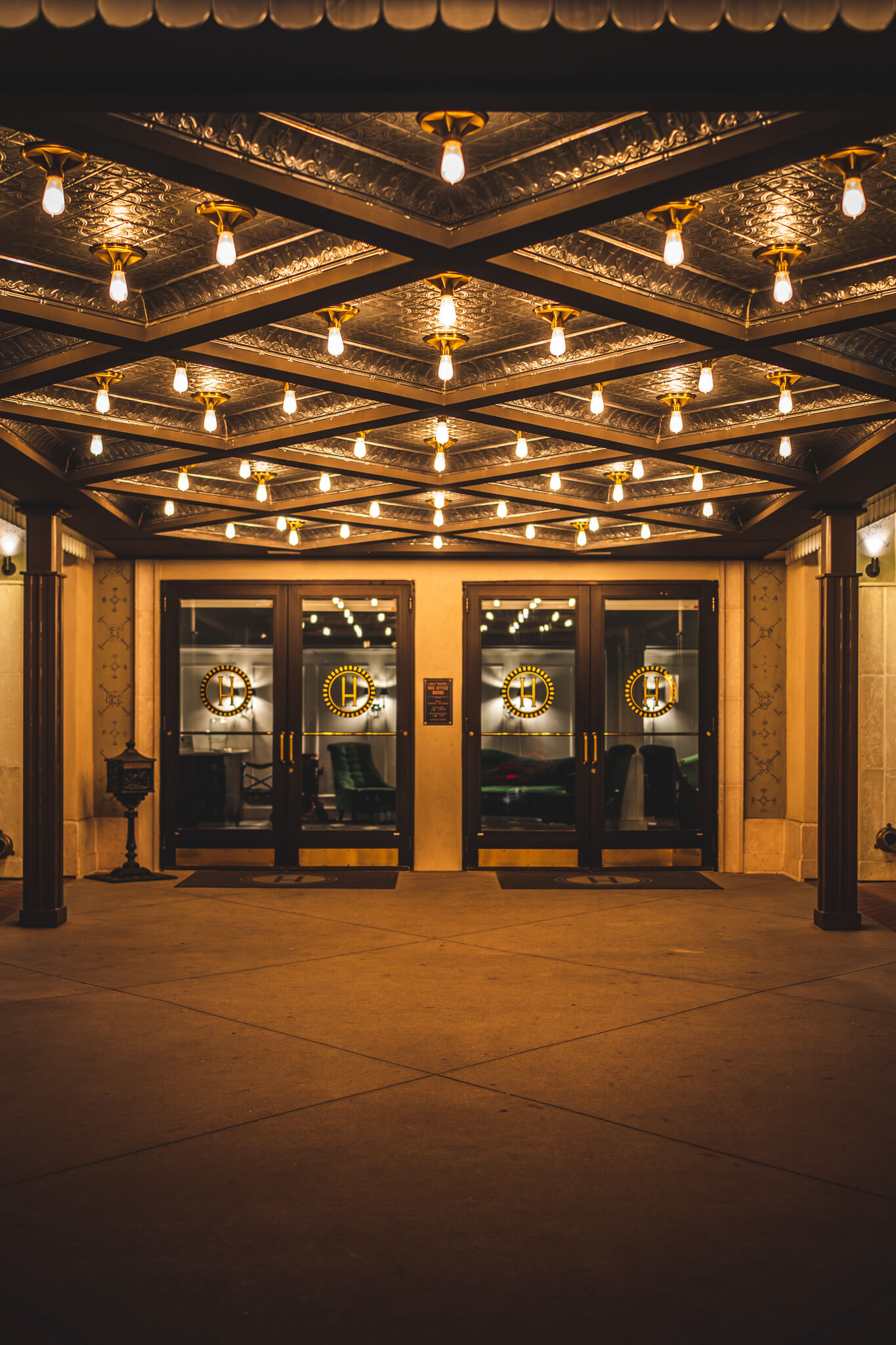
Street Photography 101: Top 10 Tips for Aspiring Photographers
As a passionate street photographer, I often get asked for advice by aspiring photographers who are just starting their journey into this exciting and challenging genre. Over the years, I've learned a lot from my own experiences, as well as from observing and interacting with other photographers. In this blog post, I'll share my top 10 tips for aspiring street photographers, covering everything from camera settings and composition to developing your own unique style. Whether you're a complete beginner or looking to take your street photography to the next level, I hope these tips will help you along the way.
Choose the Right Camera and Lens
The first step in becoming a successful street photographer is to choose the right camera and lens for your needs. While there's no one-size-fits-all solution, there are certain factors to consider when making your choice.
Camera Body
When selecting a camera body, consider factors such as size, weight, and ease of use. Street photography often requires you to be quick and discreet, so a compact and lightweight camera can be a significant advantage. Many street photographers prefer mirrorless cameras or high-quality compact cameras for their small size and excellent image quality.
Lens
When it comes to lenses, a fast prime lens with a focal length between 28mm and 50mm is often considered ideal for street photography. These focal lengths closely resemble the field of view of the human eye, resulting in images with a natural and relatable perspective. A fast aperture (such as f/1.8 or f/2) allows for better low-light performance and more control over depth of field, which can be useful for isolating your subject from the background.
Master Your Camera Settings
Becoming familiar with your camera settings is crucial for capturing decisive moments in street photography. Knowing how to quickly adjust your settings to suit the situation will enable you to be more responsive and spontaneous.
Aperture Priority Mode
Aperture priority mode (often denoted as "A" or "Av" on your camera) allows you to control the aperture while the camera automatically adjusts the shutter speed to achieve the correct exposure. This mode is useful for street photography, as it allows you to quickly adapt to changing lighting conditions while maintaining control over depth of field.
Auto ISO
Using auto ISO can be a helpful tool in street photography, as it allows the camera to automatically adjust the ISO to achieve the desired exposure while maintaining your chosen aperture and shutter speed. This can be especially useful in situations with rapidly changing lighting conditions or when shooting in low light.
Focus
In street photography, autofocus can sometimes be too slow or unreliable. One alternative is to use zone focusing or hyperfocal distance techniques, which involve pre-focusing your lens at a specific distance and using a smaller aperture to maximize depth of field. This allows you to quickly capture images without having to wait for your camera to focus.
Develop a Street Photographer's Mindset
Street photography is as much about your mindset as it is about technical skills. Developing the right mindset can help you see the world around you in a new light and find compelling subjects and moments to capture.
Observation
Train yourself to be constantly observing and scanning your surroundings for interesting subjects, scenes, or moments. Look for patterns, contrasts, or unusual juxtapositions that catch your eye, and be prepared to react quickly to capture these fleeting moments.

Patience
Patience is key in street photography. Sometimes, the perfect shot requires waiting for the right elements to come together or for the light to fall just right. Be prepared to wait for the right moment, but also be ready to seize it when it arrives.
Fearlessness
Street photography often requires stepping out of your comfort zone and taking risks. You may need to approach strangers, navigate unfamiliar environments, or capture emotionally charged scenes. Embrace these challenges and learn to overcome any fears or apprehensions you may have. Remember, the most rewarding images often come from pushing yourself beyond your limits.
Understand Composition and Visual Storytelling
Effective street photography relies on strong composition and visual storytelling. By mastering these principles, you can create images that are not only visually striking but also deeply engaging.
Rule of Thirds
The rule of thirds is a fundamental principle of composition that involves dividing your frame into nine equal parts using two horizontal and two vertical lines. By placing your subject or other important elements along these lines or at their intersections, you can create a more balanced and visually appealing image.
Leading Lines
Leading lines are lines in your image that guide the viewer's eye towards a focal point or subject. These can be anything from roads and sidewalks to architectural features or natural elements. Look for leading lines in your environment and use them to direct attention to the main subject of your image.
Layering
Layering involves incorporating multiple elements or subjects at different distances within your frame to create a sense of depth and complexity. This technique can help you tell more engaging stories through your images by providing context and drawing the viewer into the scene.
Get Close and Personal
One of the hallmarks of great street photography is the ability to get close to your subjects and capture intimate, candid moments. By getting closer to your subjects, you can create more engaging and emotionally powerful images.
The Power of Proximity
Getting close to your subjects allows you to capture more detail and emotion, resulting in images that feel more authentic and intimate. Don't be afraid to step in closer to your subjects, even if it means pushing yourself out of your comfort zone.
Building Trust
When approaching people on the street, it's essential to build trust and rapport with your subjects. Be respectful, open, and genuine in your interactions, and always be prepared to explain your intentions as a street photographer. This will help put your subjects at ease and make them more likely to cooperate with you.
Always Be Prepared
In street photography, the best moments often come when you least expect them. To ensure that you're always ready to capture these fleeting opportunities, it's important to be prepared.
Keep Your Camera Ready
Make sure your camera is always switched on, with the lens cap off and the settings adjusted for the current lighting conditions. This will enable you to react quickly when an opportunity arises.
Stay Aware of Your Surroundings
Constantly scan your environment for potential subjects or interesting scenes. Keep an eye on the people and events happening around you, and be prepared to move quickly to capture a decisive moment.
Develop Your Own Unique Style
As you progress in your street photography journey, it's essential to develop your own unique style that sets your work apart from others.
Experimentation
Experiment with different techniques, camera settings, and post-processing methods to find a style that resonates with you. Don't be afraid to try new things and push the boundaries of your creativity.
Learn from Others
Study the work of other street photographers whose style you admire, and take inspiration from their techniques and approaches. However, remember to use these influences as a starting point for developing your own unique voice, rather than merely imitating others.
Edit Your Work Selectively
When it comes to presenting your street photography, less is often more. By editing your work selectively and only showcasing your strongest images, you can create a more cohesive and impactful body of work.
Be Ruthless in Your Selection
It's important to be critical when reviewing your images and selecting which ones to showcase. Look for images that are technically strong, have compelling compositions, and tell a unique story. By being ruthless in your selection process, you can ensure that your portfolio only contains your very best work.
Develop a Consistent Editing Style
A consistent editing style can help to create a cohesive look and feel across your body of work. Experiment with different editing techniques and presets to find a style that complements your images and enhances your storytelling. Once you've found a style that works for you, apply it consistently to your selected images to create a unified and polished portfolio.
Engage with the Street Photography Community
Connecting with other street photographers can be an invaluable source of inspiration, support, and learning. By engaging with the street photography community, you can broaden your horizons, receive feedback on your work, and develop your skills as a photographer.
Join Online Forums and Social Media Groups
There are numerous online forums and social media groups dedicated to street photography, where you can share your work, ask questions, and connect with other photographers. Participating in these communities can help you gain new insights, receive constructive criticism, and stay motivated in your street photography journey.
Attend Workshops and Photowalks
Workshops and photowalks are a great way to meet other street photographers in person, learn new techniques, and practice your skills in a supportive environment. Look for local events and workshops in your area or consider traveling to attend international street photography festivals or conferences.
Keep Shooting and Learning
Finally, the most important tip for aspiring street photographers is to keep shooting and learning. Street photography is a challenging and ever-evolving genre, and the only way to truly master it is through practice and persistence.
Set Goals and Challenges for Yourself
Setting goals and challenges for yourself can help keep you motivated and focused on your progress as a street photographer. This might involve participating in a photo-a-day project, working on a specific theme, or setting technical goals such as improving your low-light photography skills.
Learn from Your Mistakes
As you continue to shoot and experiment, you'll inevitably make mistakes and encounter setbacks. Embrace these experiences as opportunities for learning and growth, and use them to refine your techniques and approach to street photography.
To Recap
Embarking on a street photography journey can be an incredibly rewarding and fulfilling experience. By following these top 10 tips, you can set yourself up for success and develop your skills as a street photographer. Remember to be patient, persistent, and open to learning, and above all, enjoy the process of capturing the world around you in all its complexity and beauty. Happy shooting!


